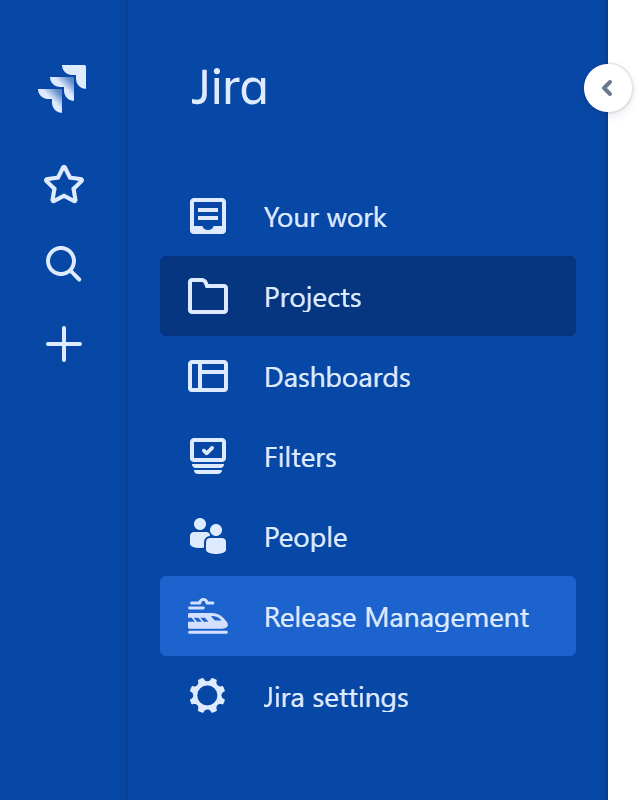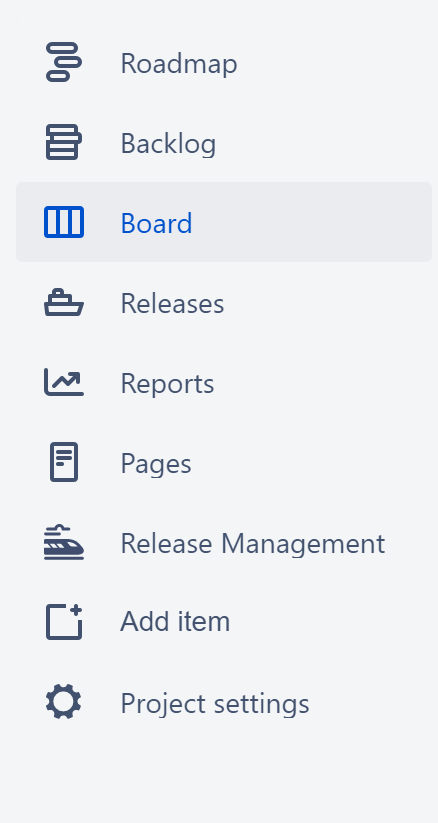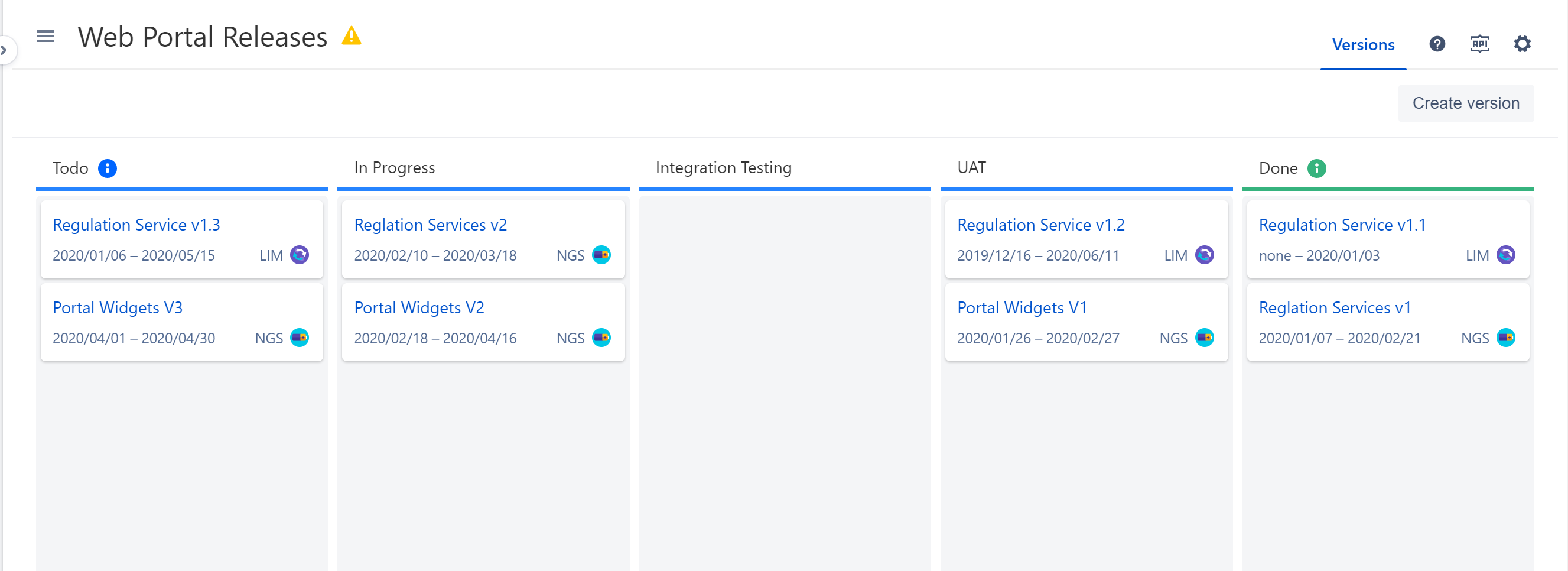Why do you need Release Management app?
Nowadays, software is becoming multi-component (for instance microservices-based) and also distributed between various geo-locations. Therefore, it is not enough just to put all the scope into a single Jira version and release as one piece of code.
After a number of consulting engagements, we see that reality is the following:
Each component has its own code repository, software development life cycle and as a result own release cycle
“Version” deserves its own life cycle. Released/Unreleased statuses are not covering extensive Release Management practices.
Individual components/services could be released to various environments (including development, staging, integration and production environments). Each environment can host different version of the same component at any moment of time.
In order to deliver particular business functionality, versions of multiple components has to be delivered to proper environments where the entire solution will be integrated.
Tracking is essential at package level in order to orchestrate delivery of entire solution. This assumes packaging of multiple versions of each component into single deliverable, define the workflow of it, provide necessary reporting to manage it.
As a result, the role of Release Manager is becoming more and more important in today's HiTech companies. In order to automate Release Manager’s daily routine, efficient tools are an absolute must. As Jira standard functionality is not cover the above-mentioned challenges, we decided to create the Release Management app for Jira Cloud.
Do you use Jira Server or DataCenter? Please take a look at Server / DataCenter versions of our Add-on.
Typical use cases
Release Management Add-on is well suited for orchestrating release packages that include versions from multiple Jira projects. In essence, the add-on extends Jira version workflow, helps packaging multiple versions into releases, provides tools for tracking and managing as well as some extras.
The original use case is defined in the following article: - Release Management of microservices-based solution.
Key Features
Available now:
Organize cross-project releases on a single Release Board.
Design custom Version workflow and map it to standard Released/Unreleased statuses.
Visualize the flow on Kanban style board to manage it.
Public REST API with built-in OpenAPI documentation as extension.
Coming soon:
Share release boards with individual users and groups or whole project team.
Grant releases board administration permission to users and groups.
Quick start: Create your first release board
“Release Management” menu item will appear in the main menu, after Release Management app is installed.
Also, Release Management app is accessible from the project menu:
Select "Release Management" to view all available Release Boards or/and create a new one.
2. Click "Create board" button; specify board name, projects to import versions, and confirm by clicking "Create board" item.
3. Once the board is created, you will be automatically redirected to Board Versions tab.
Versions tab has three “default“ columns, namely Todo, In Progress, Done
If you are an administrator of the board you can clicking on settings to customize version workflow to your needs.
By default, all Unreleased versions are placed into default “Unreleased” column (Todo) and respectively all Released versions are placed to default “Released” column (Done).
Please navigate to the next sections to find out more features and services.




